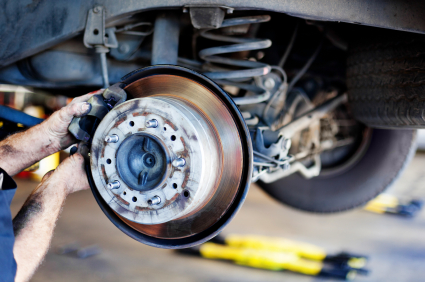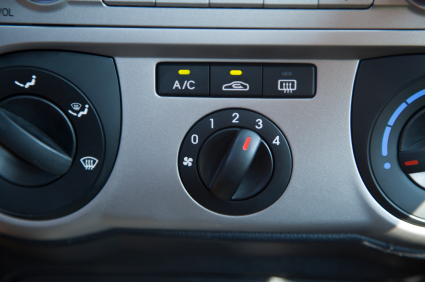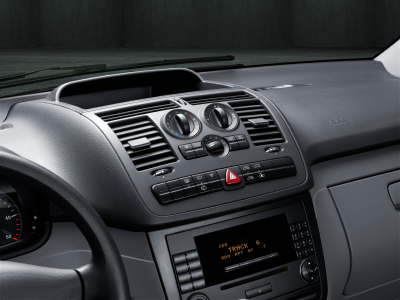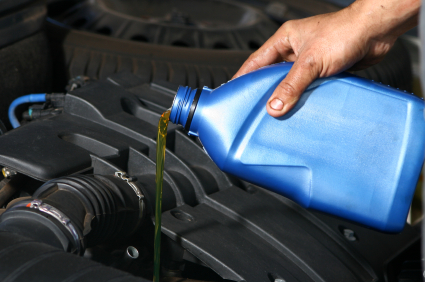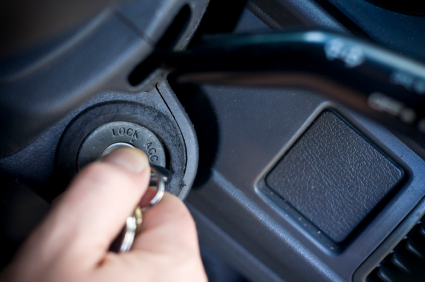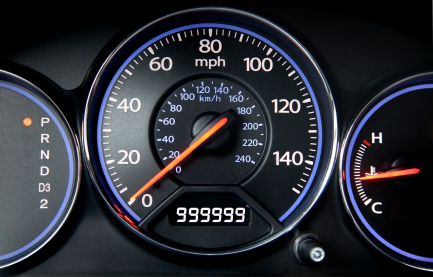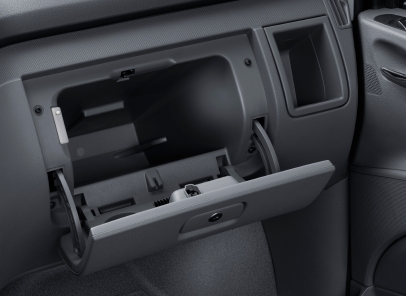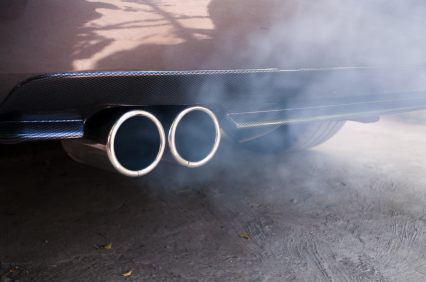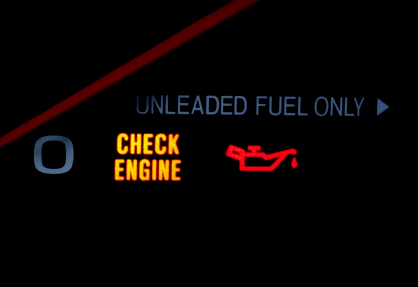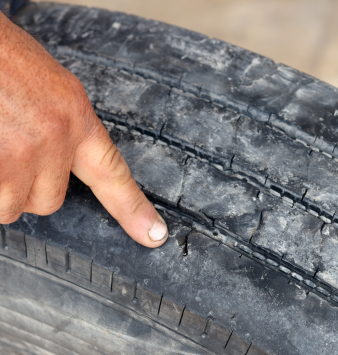Emergency or parking brake is used in the event of a failure of the regular brakes. However, parking brake is most commonly used when parking on a steep hill to prevent the car from rolling. When emergency brakes fail, the probable cause is that the rubber hose that covers the brake cable has deteriorated. When this happens, the metal cable rusts rapidly and eventually breaks. If notice that your emergency brake cable is broken, replace the brake immediately. The follow simple steps will guide you through an emergency brake repair.
How to Replace Emergency Brake Cable
Materials:
– Screwdriver
– Lug wrench
– Jack
– Socket wrench
– Equalizer bar
– New cable
1. Remove the boot covering with screwdriver. If it is leather, simply unzip it.
2. Remove both of the two cables connected to one of the car’s rear tires.
3. Loosen the lug nuts on the tire with a lug wrench.
4. Jack the car up and remove the nuts to get to the wheel drum.
5. Remove the brake cable on each drum.
6. Loosen the tension nut that is attaching the cable to the brake with a socket wrench.
7. Pull out the cable.
8. Loosen the anchor nut with an equalizer bar.
9. Pull out the other end of the cable.
10. Put the new cable in through tension nut.
11. Screw in the nut tightly.
12. Reattach the brake cover.
Additional Help
If there are still problems or you are not comfortable fixing the problem yourself, TalkLocal can connect you to the best car mechanics in your area. Just go to the TalkLocal website and submit your problem, location, and availability. Within minutes, you will be on the phone with real people who can fix your specific problem at your convenience. Say good-bye to flipping through the yellow pages. TalkLocal does the searching for you, whether you are looking for a car mechanic or a variety of other services.

